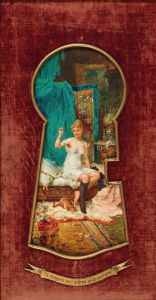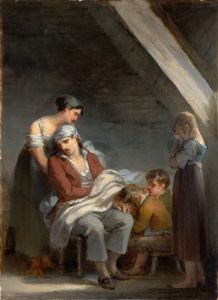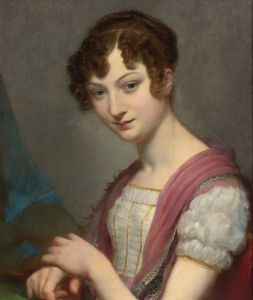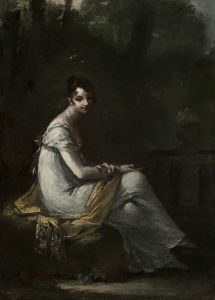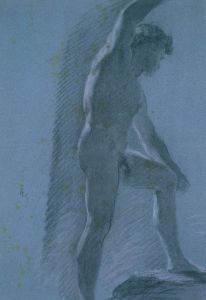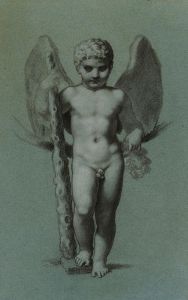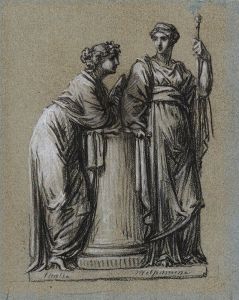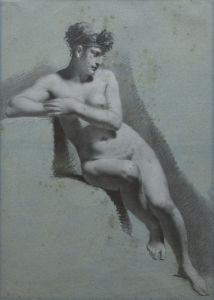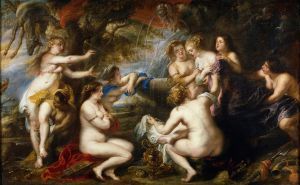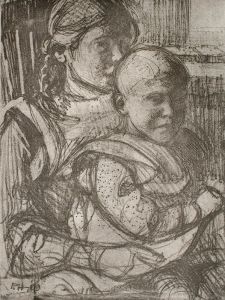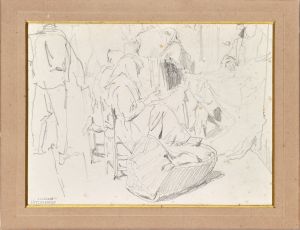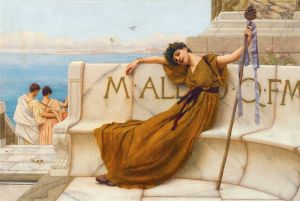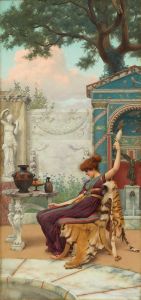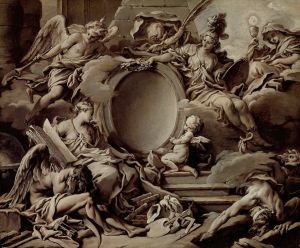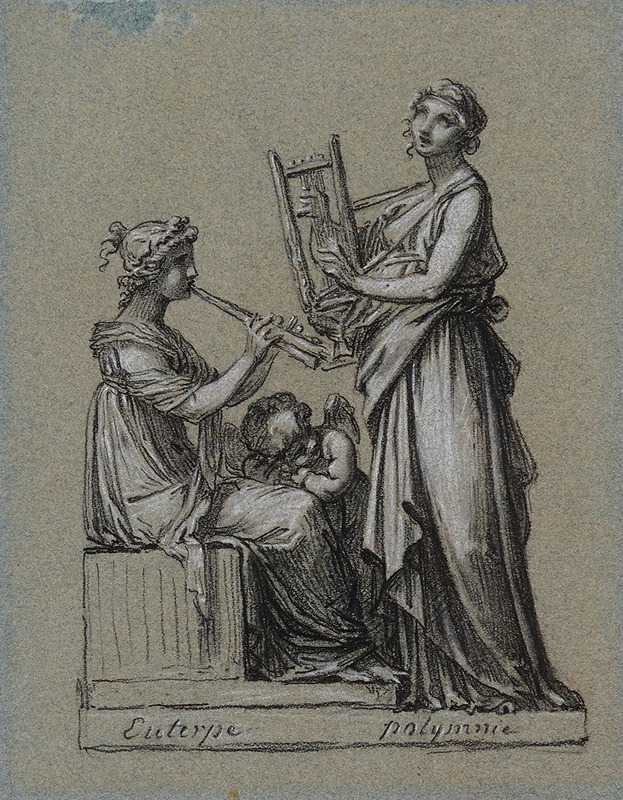
Euterpe et Polymnie
A hand-painted replica of Pierre-Paul Prud'hon’s masterpiece Euterpe et Polymnie, meticulously crafted by professional artists to capture the true essence of the original. Each piece is created with museum-quality canvas and rare mineral pigments, carefully painted by experienced artists with delicate brushstrokes and rich, layered colors to perfectly recreate the texture of the original artwork. Unlike machine-printed reproductions, this hand-painted version brings the painting to life, infused with the artist’s emotions and skill in every stroke. Whether for personal collection or home decoration, it instantly elevates the artistic atmosphere of any space.
Pierre-Paul Prud'hon, a French Romantic painter, created "Euterpe et Polymnie" (Euterpe and Polyhymnia), a work that reflects his mastery of allegorical and mythological themes. Prud'hon, known for his delicate and poetic style, often drew inspiration from classical mythology and the ideals of beauty and harmony associated with the Romantic movement.
This painting depicts two of the nine Muses from Greek mythology: Euterpe, the Muse of music and lyric poetry, and Polyhymnia (Polymnie in French), the Muse of sacred poetry, hymns, and eloquence. The Muses were traditionally considered sources of inspiration for the arts and sciences, and Prud'hon's portrayal of them aligns with the Romantic fascination with classical antiquity and its ideals.
Prud'hon’s style is characterized by soft, ethereal lighting and a sense of grace, which is evident in "Euterpe et Polymnie." The figures are rendered with a delicate touch, emphasizing their elegance and otherworldly presence. The composition likely includes symbolic elements associated with the Muses, such as musical instruments or gestures that suggest their respective domains, though specific details about the painting's iconography are not widely documented.
The exact date of the painting's creation is not definitively recorded, but it is consistent with Prud'hon's active period in the late 18th and early 19th centuries. During this time, Prud'hon gained recognition for his ability to blend classical themes with a Romantic sensibility, creating works that were both timeless and emotionally evocative.
"Euterpe et Polymnie" is an example of Prud'hon's skill in capturing the human form and imbuing it with a sense of idealized beauty. His work often stood in contrast to the more rigid and formal Neoclassical style of his contemporaries, offering a softer and more introspective approach to similar subject matter.
The painting is part of Prud'hon's broader body of work, which includes portraits, allegorical scenes, and designs for decorative arts. While specific details about the current location or provenance of "Euterpe et Polymnie" are not readily available, Prud'hon's works are held in major collections, including the Louvre Museum in Paris.
Pierre-Paul Prud'hon remains celebrated for his ability to convey emotion and grace through his art, and "Euterpe et Polymnie" exemplifies his talent for bringing mythological figures to life with a sense of poetic beauty.





